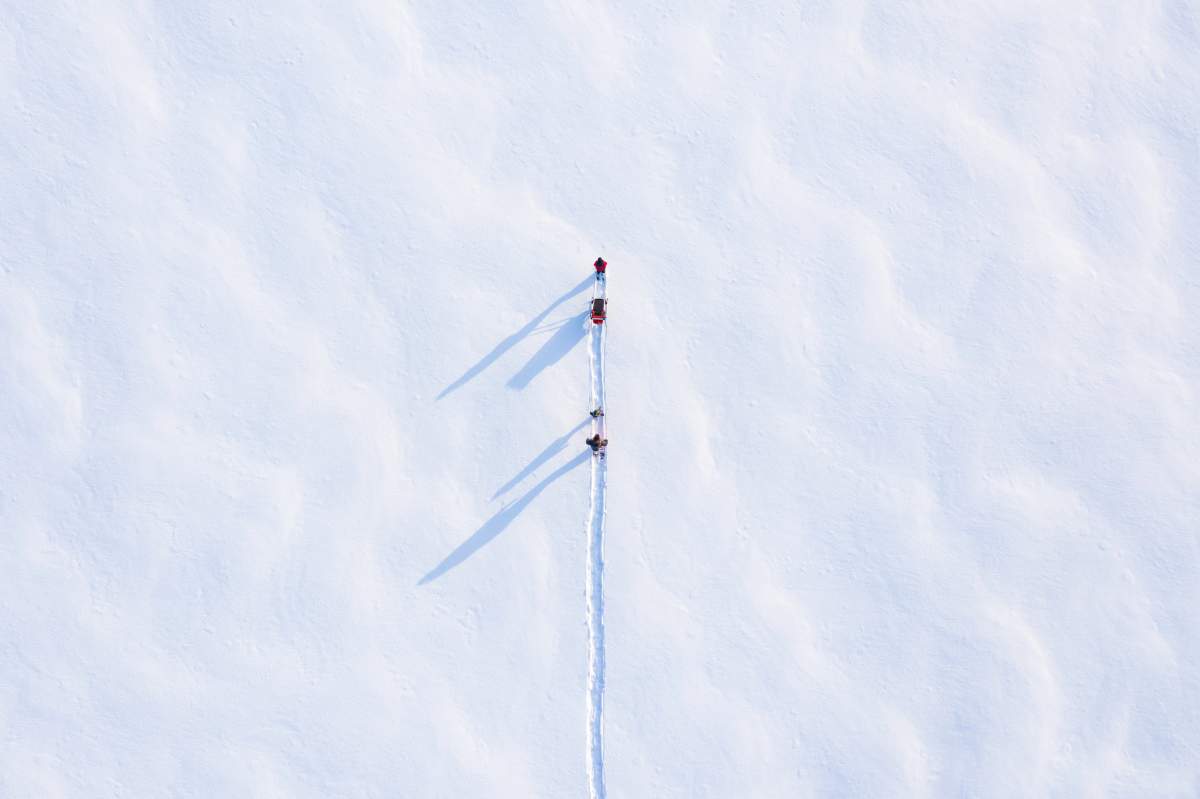Investigators on both sides of the border continue to try to piece together the details of a tragic incident Wednesday in which four people — including a baby — died from apparent exposure to the elements in a failed attempt to cross into the U.S. near Emerson, Man.

Although U.S. border officials said that members of a larger group of Indian nationals who survived the trek were found wearing winter gear, survival experts say when it comes to extreme cold and blowing snow, it’s easy to be underprepared.
Border officials said members of the group told the agents who picked them up that they had been walking for more than 11 hours.
Dave MacDonald, president and lead instructor of the International Canadian School of Survival, told Global News that in a survival situation, especially in extreme cold, things can fall apart very quickly.
“Maybe you see a light off in the distance, and when you start walking across the field, the wind picks up and the light disappears — and then you have no references,” MacDonald said.
“It’s like walking around in the pitch dark, except it’s broad daylight and it’s white… it’s just all white around you. Or pitch dark because of the snow and the darkness.
“So you’re fighting the cold, which is one of the enemies of survival, and it’s typically a slow onset, so it creeps up on you and but it is very debilitating in the end, all you want to do is lay down and go to sleep.”
When you go to sleep, he said, that’s likely the end. In a life-or-death situation, you need to try to keep moving as much as possible, as people in extreme temperatures are fighting the cold from the outside — frostbite, as well as the inside – hypothermia.

“Just remember that cold injuries come in stages. Typically, there’s superficial frostbite, and then you work your way into deep frostbite,” he said.
“And the same with hypothermia. Remember that if you have mild hypothermia and you start shaking and shivering that’s the body’s natural reaction to rewarm itself. If you haven’t done anything to warm yourself and you stop shaking, you’re moving on into the later stages to severe hypothermia and you need to stay moving.

Get breaking National news
“Otherwise you’re going to get too cold and then you are going to lay down to rest and then you will not get back up again. It’s a fight. Go, go forth, prepared. That’s the biggest thing.”
MacDonald said it can take only a minute before signs of superficial frostbite begin to show on exposed skin, and another major problem is not having proper footwear.
“Your shoes start getting full of snow, and then your feet go numb, and then they start to freeze.
“The snow in itself is treacherous, in that it takes up so much more energy to move through deep snow… the snow depths can just suck the energy out of you, and it also gets you sweating, which then chills you when you stop, and then you get into hypothermia pretty quickly.”

MacDonald’s advice mirrors that of Manitoba RCMP, who urged people to avoid attempting a border crossing on foot in such bone-chilling conditions.
Jane MacLatchy, commander of the Manitoba RCMP, said the conditions were treacherous even for seasoned officers who were involved in the search for any other members of the group who may have been out in the snow.
“It’s very difficult terrain,” said MacLatchy. “When they originally started the search, they realized very quickly that the snow was very deep, drifted in spots.
“They needed all-terrain vehicles, snowmobiles, those sorts of things. Because of the winter conditions right now, it’s virtually impassable.”





Comments